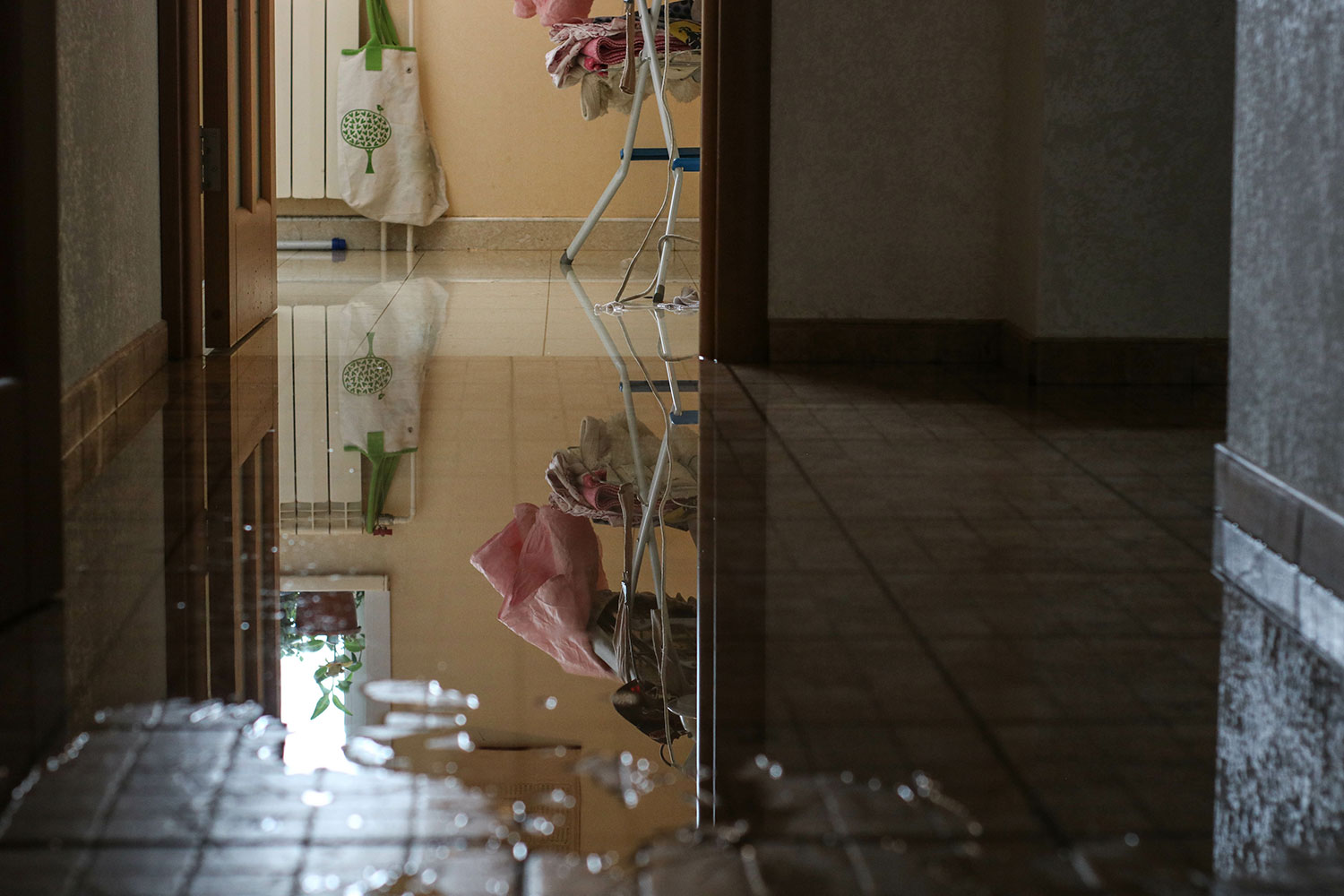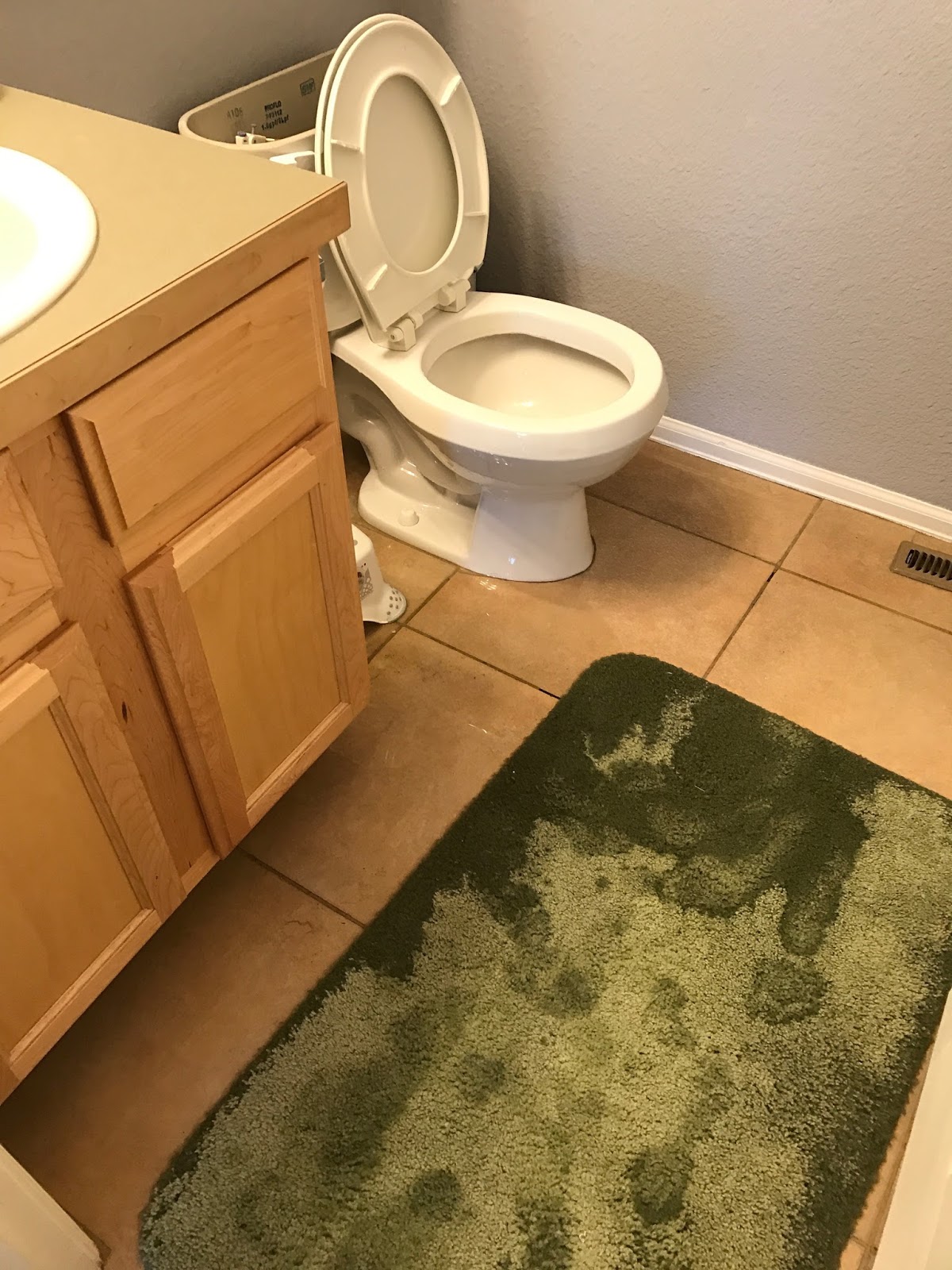What are your opinions regarding How to Repair and Prevent Bathroom Water Damage??

Water damage commonly happens in the restroom as a result of the water used everyday. Occasionally, the damage could be a little mold and mildew from the shower. Various other times, it's huge damages on your flooring. Whatever it is, it is always great to recognize the cause as well as stop it before it occurs.
This overview will undergo several of the usual reasons for water damage in the shower room. We will certainly also examine what you can do to avoid these reasons from harming your bathroom. Let's dive in.
These are the common reasons you would certainly have water damage in your bathrooms and exactly how you can identify them:
Excess Dampness
It's cool to have that long shower as well as dash water while you dance around and act like you're doing, yet sometimes these acts could trigger water damage to your shower room.
Spraying water around can create water to go to corners as well as develop mold and mildews. See just how you spread excess moisture around, as well as when you do it, clean it up to avoid damages.
Fractures in your wall surface floor tiles
Bathroom wall tiles have been particularly designed for that purpose. They safeguard the wall from wetness from individuals taking showers. However, they are not indestructible.
Sometimes, your restroom wall tiles crack and allow some moisture to seep into the wall. This could potentially destroy the wall if you do not take any kind of activity. If you see a split on your wall surface floor tiles, repair it promptly. Do not wait up until it ruins your wall.
Overflowing toilets and sinks
As humans, sometimes we make mistakes that can create some water damage in the shower room. For instance, leaving your sink tap on can create overruning as well as damage to other parts of the shower room with wetness.
Likewise, a faulty toilet can create overruning. For instance, a broken commode take care of or various other parts of the cistern. When this happens, it can harm the floor.
As soon as you notice an overruning sink or bathroom, call a plumbing to help manage it quickly.
Burst or Leaking Pipelines
There are lots of pipes carrying water to various parts of your restroom. Some pipes take water to the commode, the sink, the faucets, the shower, as well as numerous various other areas. They crisscross the little area of the shower room.
Every so often, these pipes can get rusty and ruptured. Other times, human action might cause them to leakage. When this occurs, you'll find water in the edges of your restroom or on the wall surface.
To find this, look out for gurgling walls, mold and mildews, or mildew. Call a specialist emergency situation plumber to repair this when it happens.
Roofing Leaks
Occasionally, the issue of water damage to the bathroom may not come from the shower room. For instance, a roof leakage can cause damages to the bathroom ceiling. You can identify the damage done by checking out the water stains on the ceiling.
If you discover water discolorations on your ceiling, inspect the roof covering to see if it's damaged. After that, call a professional to assist fix the issue.
Final thought
Water damage to your washroom can be frustrating. Nonetheless, you can handle it if you stop several of the causes pointed out in this overview. Call a professional emergency situation plumber if you discover any kind of severe damages.
How to Prevent Water Damage in Your Bathroom?
Water damage repair is an expensive, meticulous, and lengthy process. Unfortunately, bathrooms are the most susceptible rooms to water damage due to toilets, showers, and sinks. Pipes and fixtures wear out over time and are not immune to damage. But all is not lost, as there are ways to prevent water damage from occurring in your bathroom.
Check Your Plumbing
Nothing lasts forever, especially pipes, which can rust and begin leaking over time. You should periodically conduct pipe inspections and pay attention for any musty smells or water stains that may indicate you need water damage repair. Here are some things to check:
Frequently test valves for your toilet, shower, and sink to ensure they are properly working. Check faucet supply lines hidden under vanities and replace when needed. Replace cracked or deteriorating caulking along sinks, tubs, and showers. If you notice a clog in your sink, call in a professional. Since you can’t check the pipes in the wall, keep an eye out for stains, drywall bubbling, musty smells, and excess moisture; if the bathroom is on a second level, check the ceiling of the room directly below for these signs. Don’t Overwork Your Toilet
One of the most common reasons bathrooms need water damage repair is due to overflowing toilets. Save yourself the hassle of cleanup by being mindful and not pushing your toilet to extreme limits. If you have young children, it is especially important to keep an eye on them when they are in the bathroom and to teach them how to avoid clogging the toilet. Here are some more tips to help prevent your toilet from overflowing:
If you have a septic tank, only use septic-safe toilet paper Do not flush anything down the toilet besides toilet paper; items like diapers and sanitary napkins will clog the piping Pay attention to your toilet’s water level: If it’s low, it could mean it is partially clogged or that there is a crack in the toilet bowl https://www.alure.com/home-improvements-blog/resources/how-to-prevent-water-damage-in-your-bathroom

I stumbled upon that piece about How to Repair and Prevent Bathroom Water Damage? when exploring the web. Do you know about another person who is occupied with the topic? Please feel free to promote it. Thanks for going through it.
Need Help? Hire Us Now!